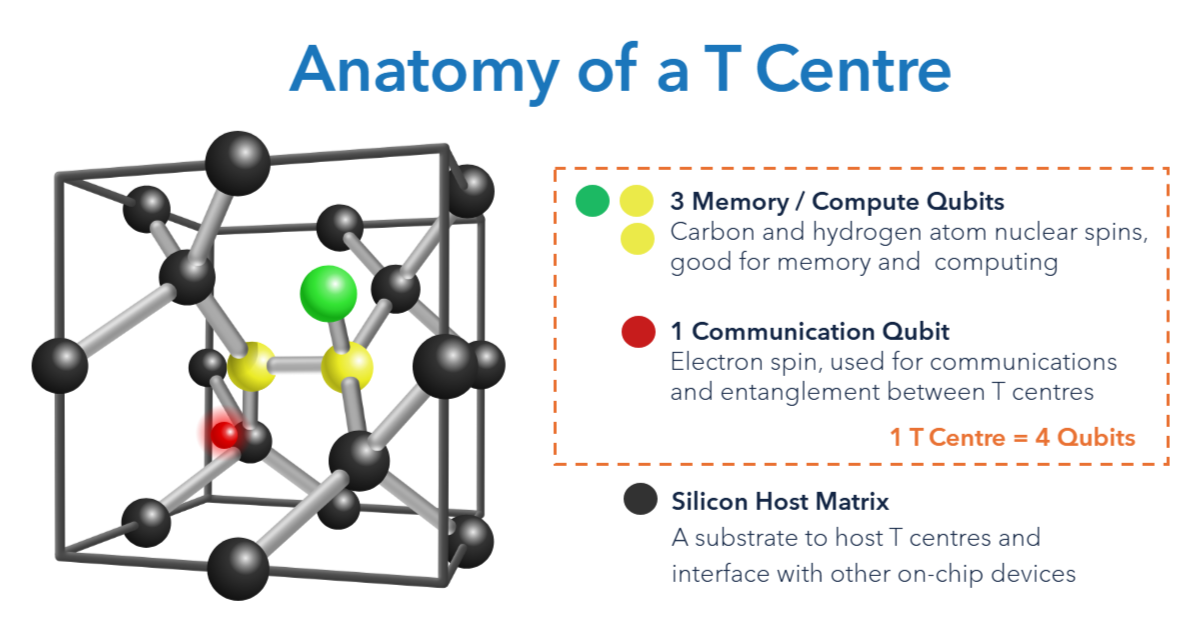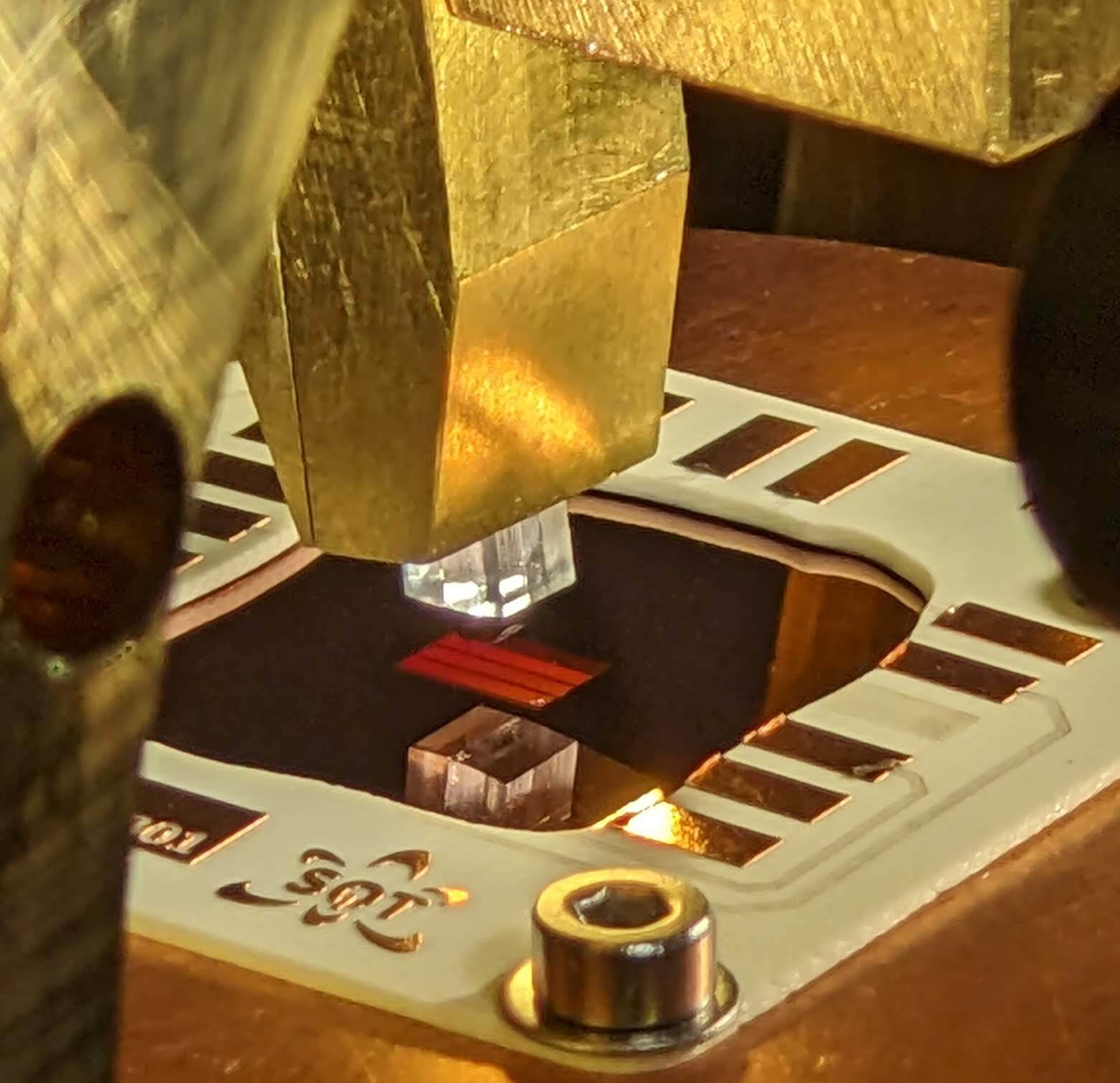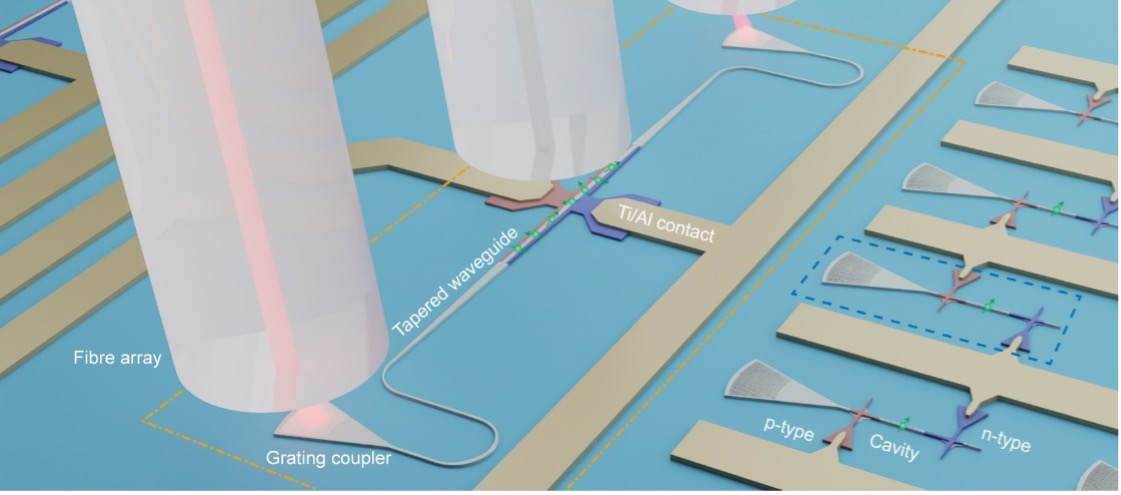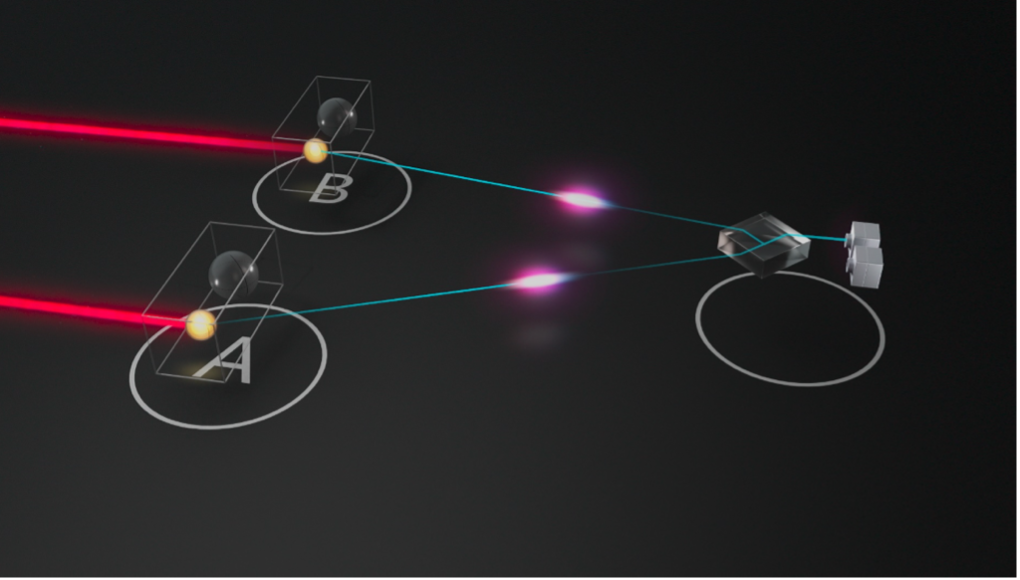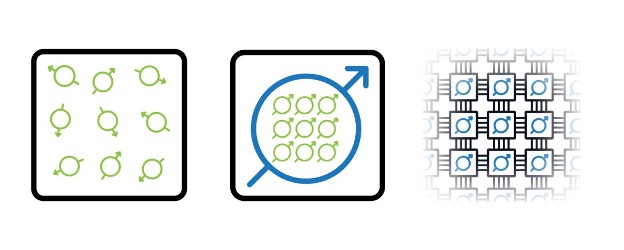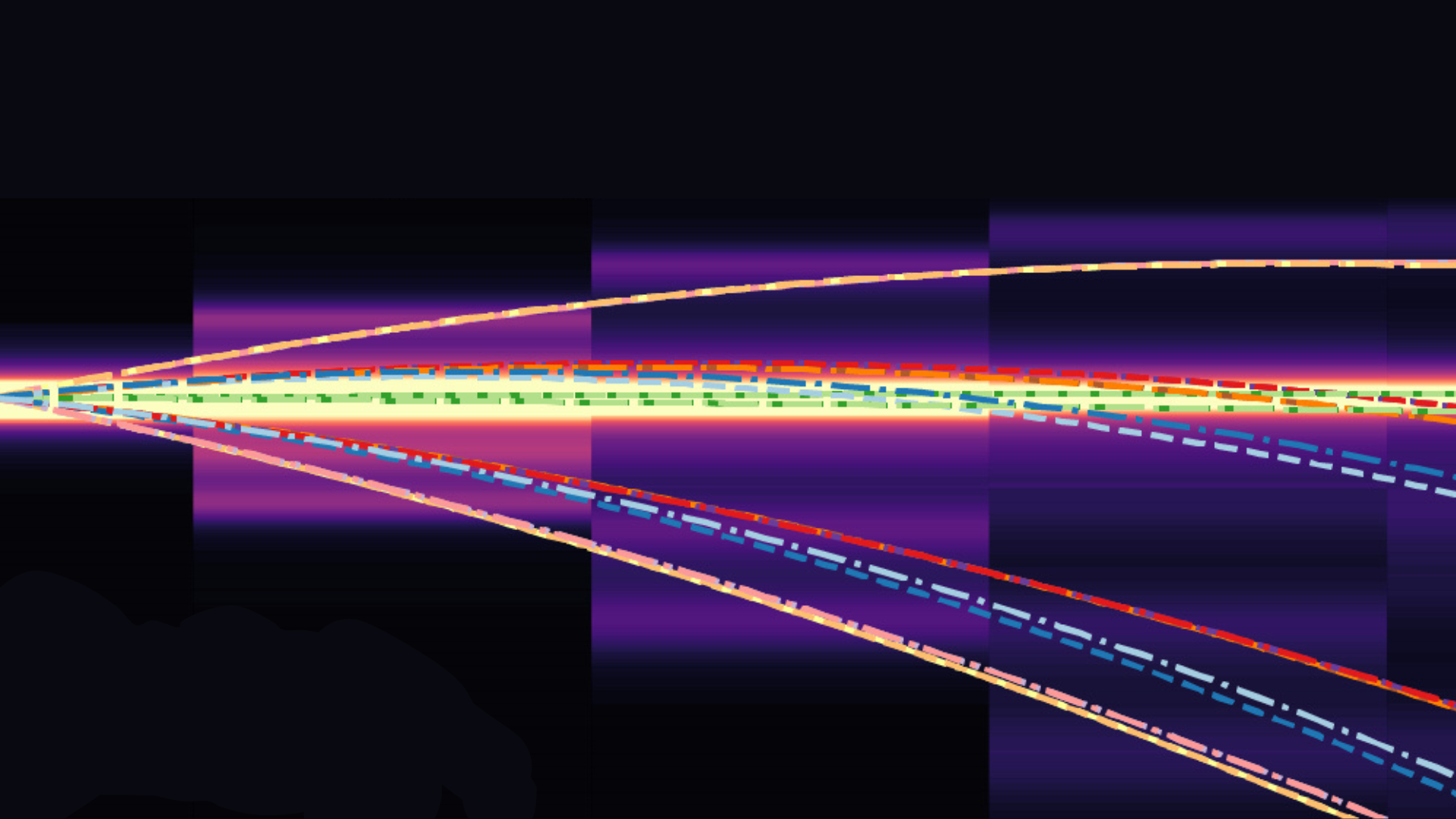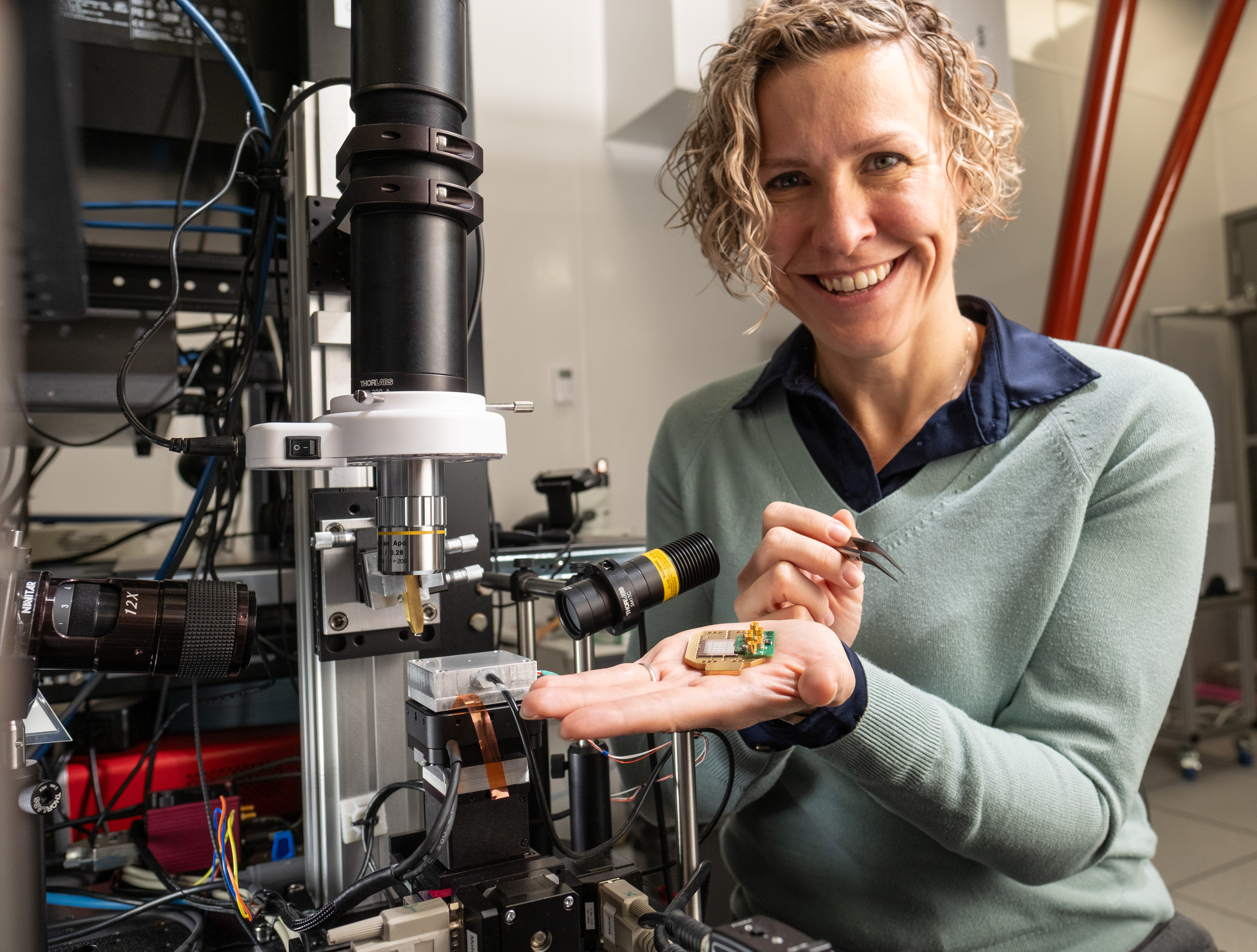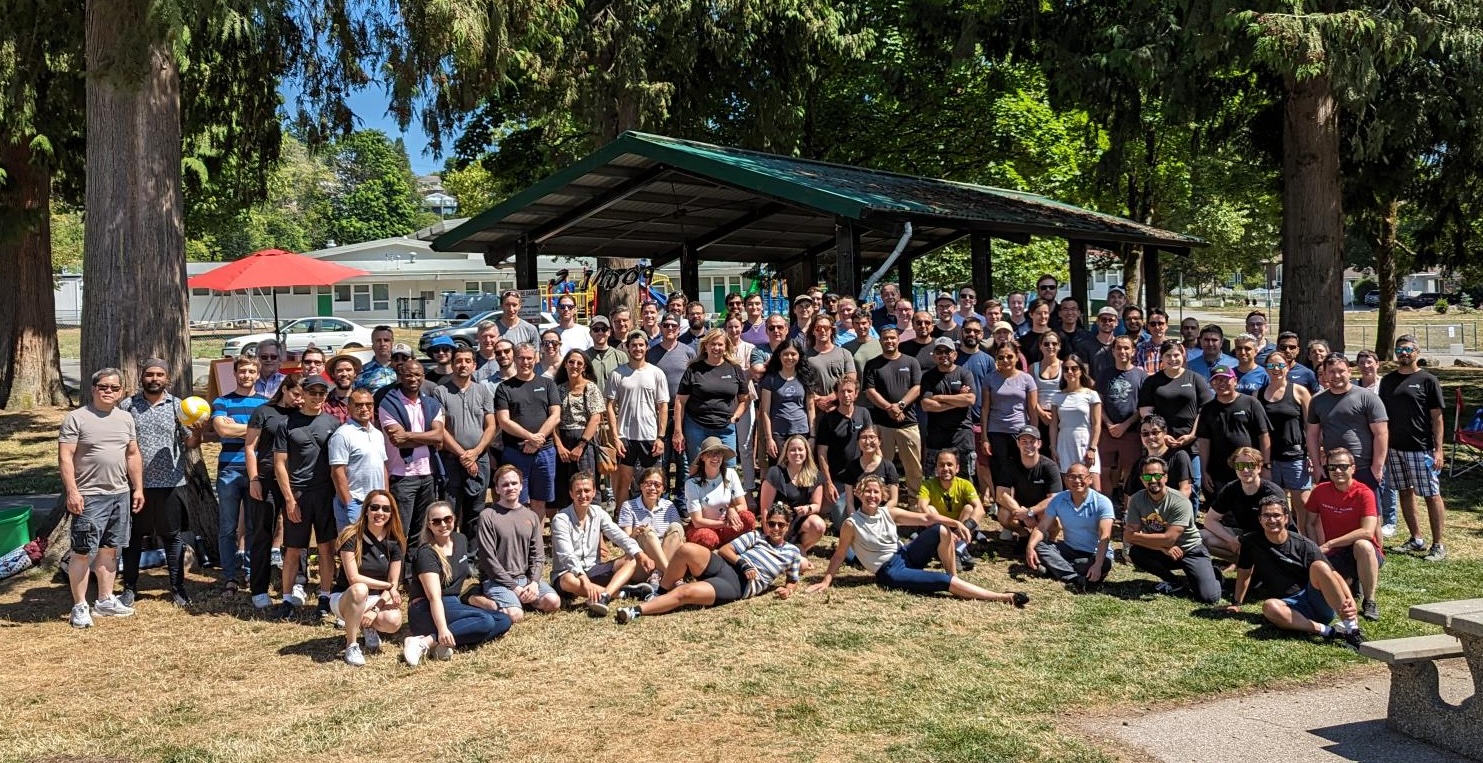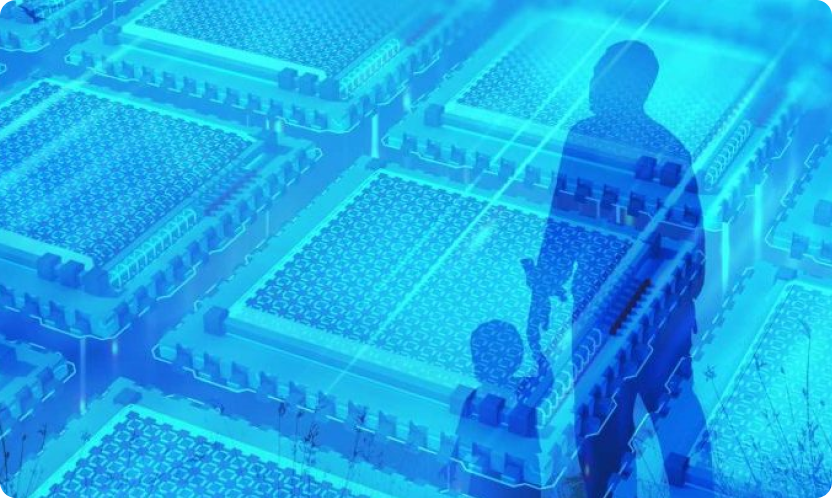The timeline to useful quantum computing just got shorter. Introducing SHYPS: the first QLDPC code family that can efficiently perform error-corrected quantum computation. The patent pending SHYPS codes use materially fewer qubits per logical qubit than traditional surface codes.
Qubits — as quantum bits, the foundational building blocks for quantum computers are known — are notoriously susceptible to “noise” from their environment. Left alone, this noise makes the entire system unreliable. To reach the point where quantum systems can run commercial-scale applications, quantum “error correction” is required to address the high sensitivity to that noise.
The traditional method for quantum error correction has been surface codes, due to their impressive time efficiency and low connectivity requirements. However, the downside to surface codes is the huge overhead: thousands of physical qubits are needed for each application-grade logical qubit. This large ratio of physical to logical qubits has contributed to projections that put commercial-scale quantum computing decades in the future due to the sheer number and size of systems that would be required to run useful applications.
Another class of codes, Quantum Low-Density Parity Check (QLDPC) codes, emerged about 20 years ago as a promising means to lower overheads. However, researchers had been unable to discover an implementation of efficient quantum computing in these codes, leaving them useful for memory (i.e., storage for quantum states) but lacking the ability to perform the applications that will make quantum computing so impactful. Researchers spent over a decade on this challenge, and today Photonic’s new paper, “Computing Efficiently in QLDPC Codes,” is the first to demonstrate how to compute using SHYPS QLDPC codes. Unlocking efficient logic in a QLDPC code moves the goalposts for commercial-scale quantum computing 5x, 10x, even 20x closer as more efficient quantum error correction enables quantum computers to reach the computing capability that unlocks exponential algorithms with quantum advantage using vastly fewer physical resources.
Thank you to our collaborators at Microsoft for their work on this animated overview of how the SHYPS code is making waves:
On each of the requirements for efficient fault-tolerant quantum computing, SHYPS provides significant advancements or matches leading-edge performance of surface codes.
Efficient Logical Operations: Competitive with the current quantum standard set by surface codes
Physical to Logical Qubit Ratio: A 20x reduction in physical overhead
Single-Shot Capabilities: A 30x reduction in runtime
Fault-Tolerant Operations: Meets all formal requirements for all needed operations, necessary for real-world applicability
Good Error Suppression: Competitive performance, if matched on physical qubit count.
This fast and lean QLDPC code family has specific hardware requirements for implementation that not every approach to quantum computing can deliver. Photonic’s Entanglement First™️ architecture provides the high levels of connectivity needed to realize the benefits of QLDPC codes.
Taking these out of the theoretical, Photonic’s SHYPS codes have been stress tested in the most complete simulations known to date, demonstrating that the logic works in practice, not just in theory. Better yet, this approach is implementable on distributed systems, working both within and between modules. This breakthrough simultaneously delivers the efficiency gains promised by QLDPC codes and removes a key barrier to commercially useful quantum applications.

Connectivity diagrams of surface (left) and SHYPS (right) codes in practice. In a full implementation of SHYPS codes and comparably scaled implementation of surface codes, SHYPS codes rely on non-local connectivity across and between chips while surface codes rely on nearest-neighbour connectivity across chips and edge-coupling between chips (neighbouring or otherwise).
When informed about this advancement, David Shaw, Lead Analyst at Global Quantum Intelligence, said “this is a truly major milestone. The quantum field must now be divided into those whose hardware can run these new codes, and those who can’t. We’re going to see a race between players that invest in the scarce skills required for in-house code innovation, and those that seek to be fast followers. Implementing logic always looked like the hard part of standing-up better codes. This new work has knocked it out of the park.”
Quantum applications are now 10x closer than previously thought.
____________________________________________________________________________________
Learn more about the SHYPS QLDPC code family and Photonic’s advances in efficient quantum error correction:
- For more discussion of these results and their impact, read “Launching SHYPS: QLDPC is the New Error Correction”
- For a deep dive, read the scientific paper “Computing Efficiently in QLDPC Codes”
Want to read the paper later? Fill in the form below and we will email you the whitepaper and scientific paper.


